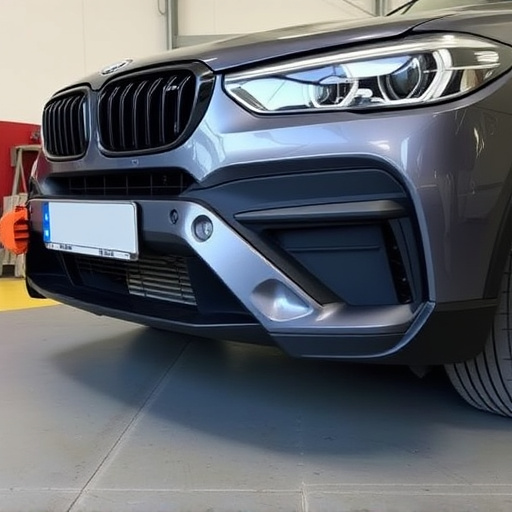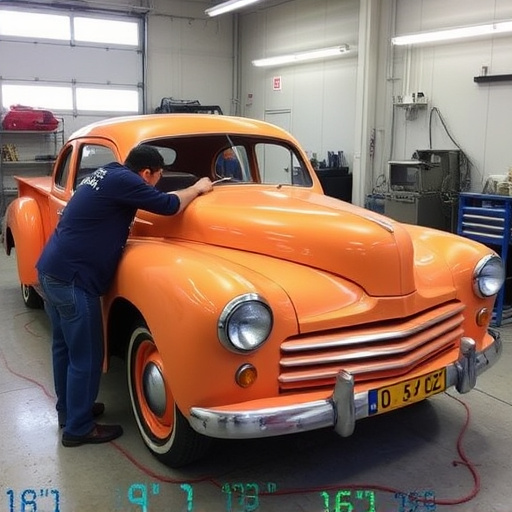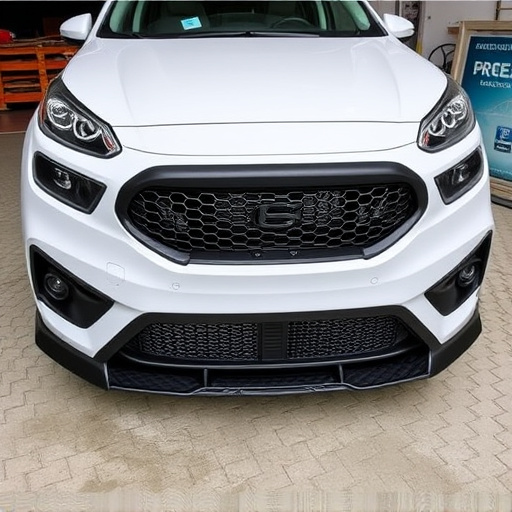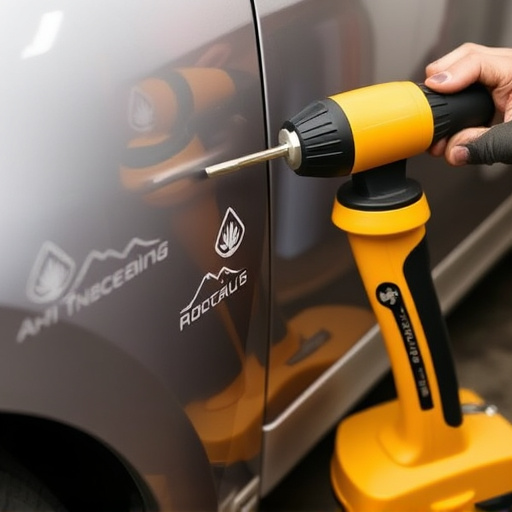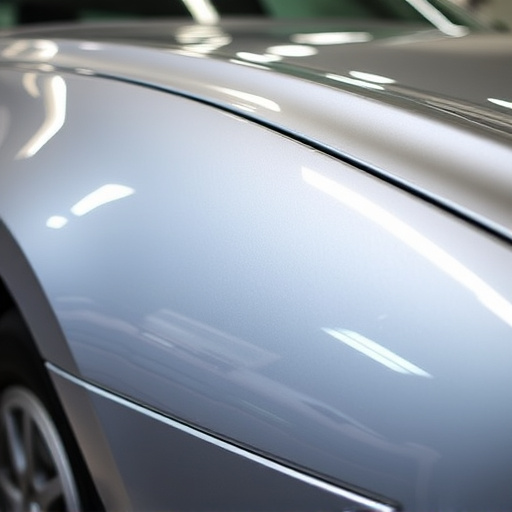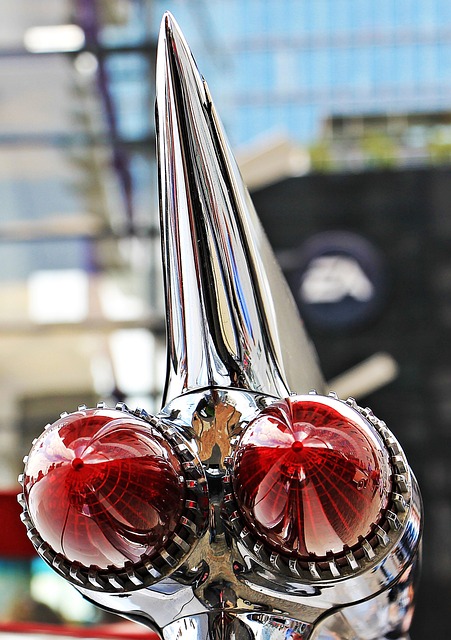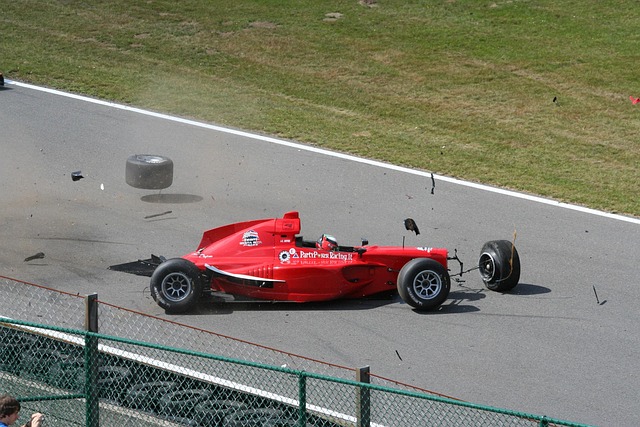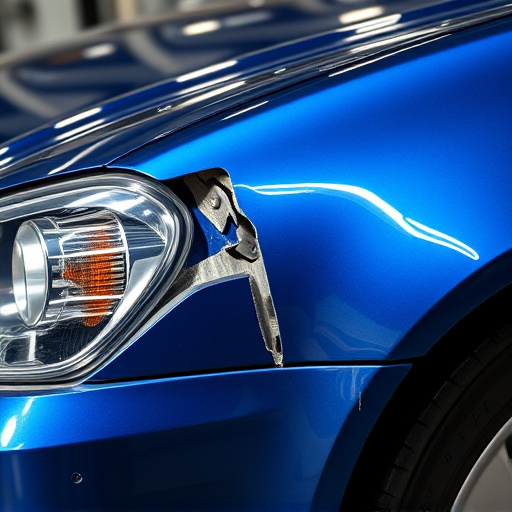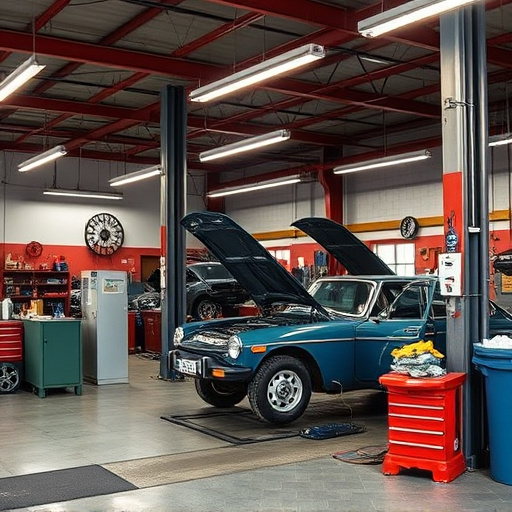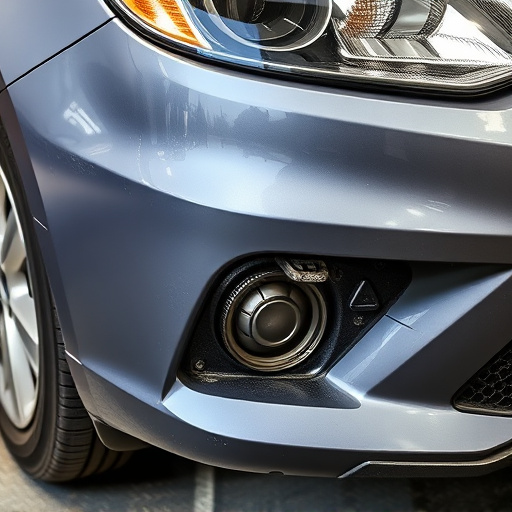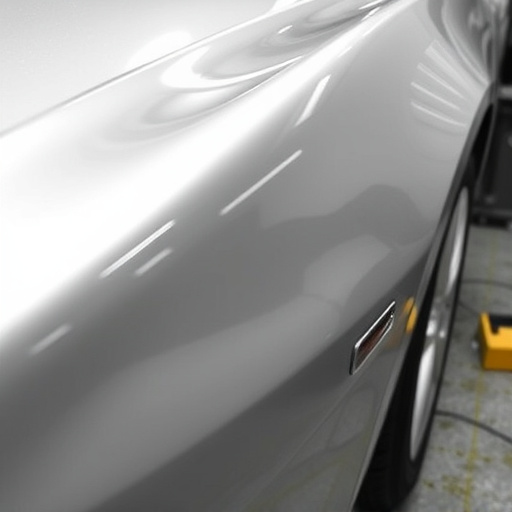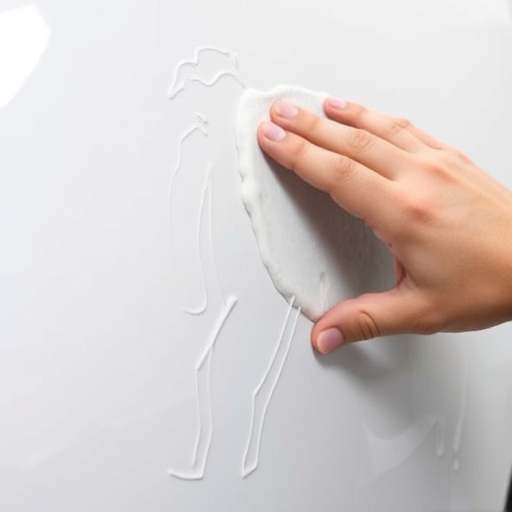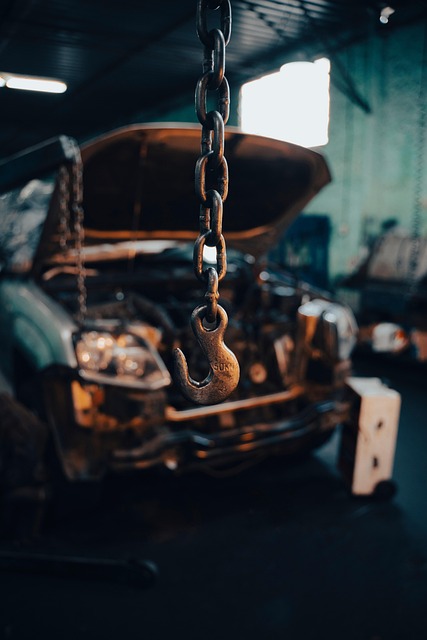Tesla remote diagnostics after repair are crucial for maintaining the safety and performance of electric vehicles, especially those with Autopilot functionality. This system remotely monitors and assesses vehicle systems, including Autopilot settings, after services like collision repair or bodywork. By sending signals from a remote server and analyzing onboard data, it can detect subtle misalignments or malfunctions that might be missed by human inspection. Proactive resolution of such issues ensures optimal vehicle efficiency, enhances safety standards, and gives owners peace of mind while driving. After identifying Autopilot alignment problems, specialized collision centers conduct thorough inspections and make necessary adjustments, followed by confirmatory Tesla remote diagnostics to ensure system reliability.
Tesla’s remote diagnostics technology has revolutionized post-repair processes, enabling efficient detection of vehicle issues. When it comes to Autopilot alignment, this feature plays a crucial role in ensuring safe and accurate self-driving capabilities. After a repair, remote diagnostics can uncover subtle alignment problems that might have been missed otherwise. This article explores the process, its significance, and provides steps for resolution, offering valuable insights into Tesla’s advanced troubleshooting methods.
- Understanding Tesla Remote Diagnostics: How It Works and Its Purpose
- Post-Repair Scenarios: When Remote Diagnostics Uncover Autopilot Alignment Issues
- Resolving Autopilot Alignment Problems: Steps After Detection Through Remote Diagnostics
Understanding Tesla Remote Diagnostics: How It Works and Its Purpose

Tesla Remote Diagnostics after Repair plays a pivotal role in ensuring the safety and performance of their electric vehicles. This advanced system is designed to monitor and assess the vehicle’s systems, including Autopilot functionality, even remotely. After a repair, especially for collision repair center or car bodywork services, the diagnostics tool kicks into action, checking critical components like sensors, cameras, and software alignment.
The process involves sending signals from a remote server to the car, which then collects data from various onboard systems. This data is analyzed to pinpoint any discrepancies or issues, such as misaligned Autopilot settings, that might have been caused during the vehicle repair services. By employing this technology, Tesla aims to maintain the highest standards of quality and safety, addressing potential problems before they impact a driver’s experience on the road.
Post-Repair Scenarios: When Remote Diagnostics Uncover Autopilot Alignment Issues

After a vehicle collision repair or any service that involves complex systems like Tesla’s Autopilot, remote diagnostics become an invaluable tool for ensuring optimal performance. These advanced systems are designed to self-check and calibrate, but sometimes issues can go undetected by the human eye or initial inspections. This is where Tesla remote diagnostics after repair come into play, acting as a second line of defense.
When a car collision repair or any maintenance work is completed, remote diagnostics remotely analyze the vehicle’s systems, including Autopilot alignment. This process involves sophisticated sensors and algorithms that identify even subtle misalignments or malfunctions. By catching these issues early, Tesla owners can avoid potential safety hazards and ensure their vehicles operate at peak efficiency, providing peace of mind on the road.
Resolving Autopilot Alignment Problems: Steps After Detection Through Remote Diagnostics
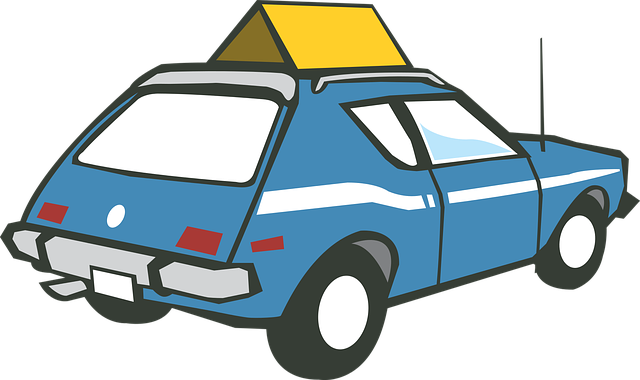
After Tesla remote diagnostics after repair detects Autopilot alignment issues, taking swift action is crucial. The process to resolve these problems involves several steps. First, schedule an appointment at a trusted collision center or auto repair shop that specializes in Tesla vehicles. They will have the necessary tools and expertise to accurately diagnose and address the issue. During the visit, a thorough inspection of the vehicle’s sensor alignment, camera positioning, and software configuration is conducted.
The mechanic might perform an auto frame repair to ensure structural integrity, followed by precise adjustments to Autopilot sensors and calibrations. Post-repair, another round of Tesla remote diagnostics can be performed to verify that the alignment issues have been successfully resolved, ensuring safe and reliable operation of the Autopilot system. For optimal results, consider regular maintenance checks and an expert auto detailing service to keep your Tesla’s systems in top condition.
Tesla’s remote diagnostics play a pivotal role in post-repair assessments, particularly for identifying and rectifying Autopilot alignment issues. By leveraging this technology, service centers can efficiently detect problems that might otherwise go unnoticed. Once detected, the outlined steps ensure these issues are resolved, enhancing the safety and performance of Tesla vehicles. This proactive approach to maintenance is a key advantage of modern electric vehicle care.
